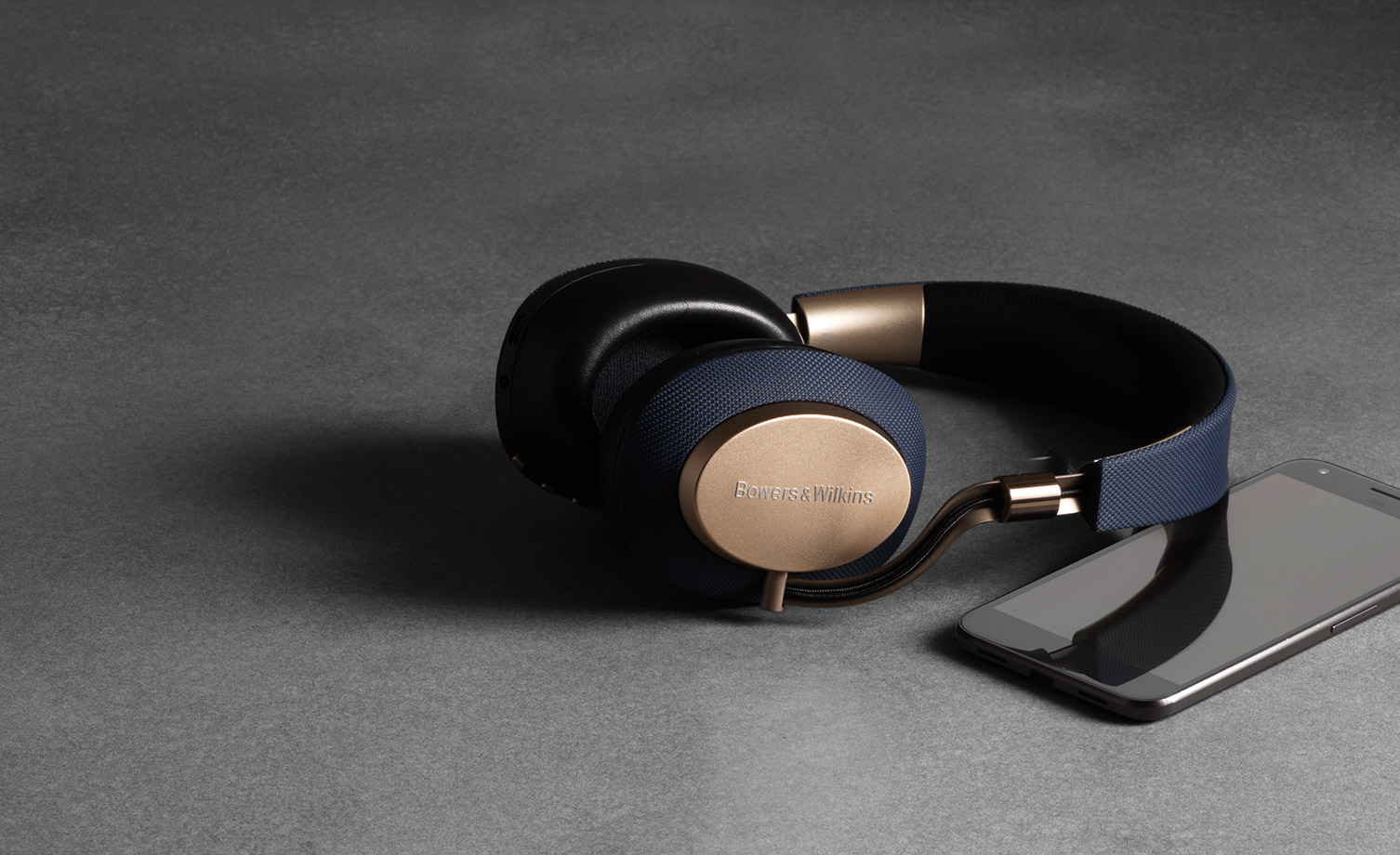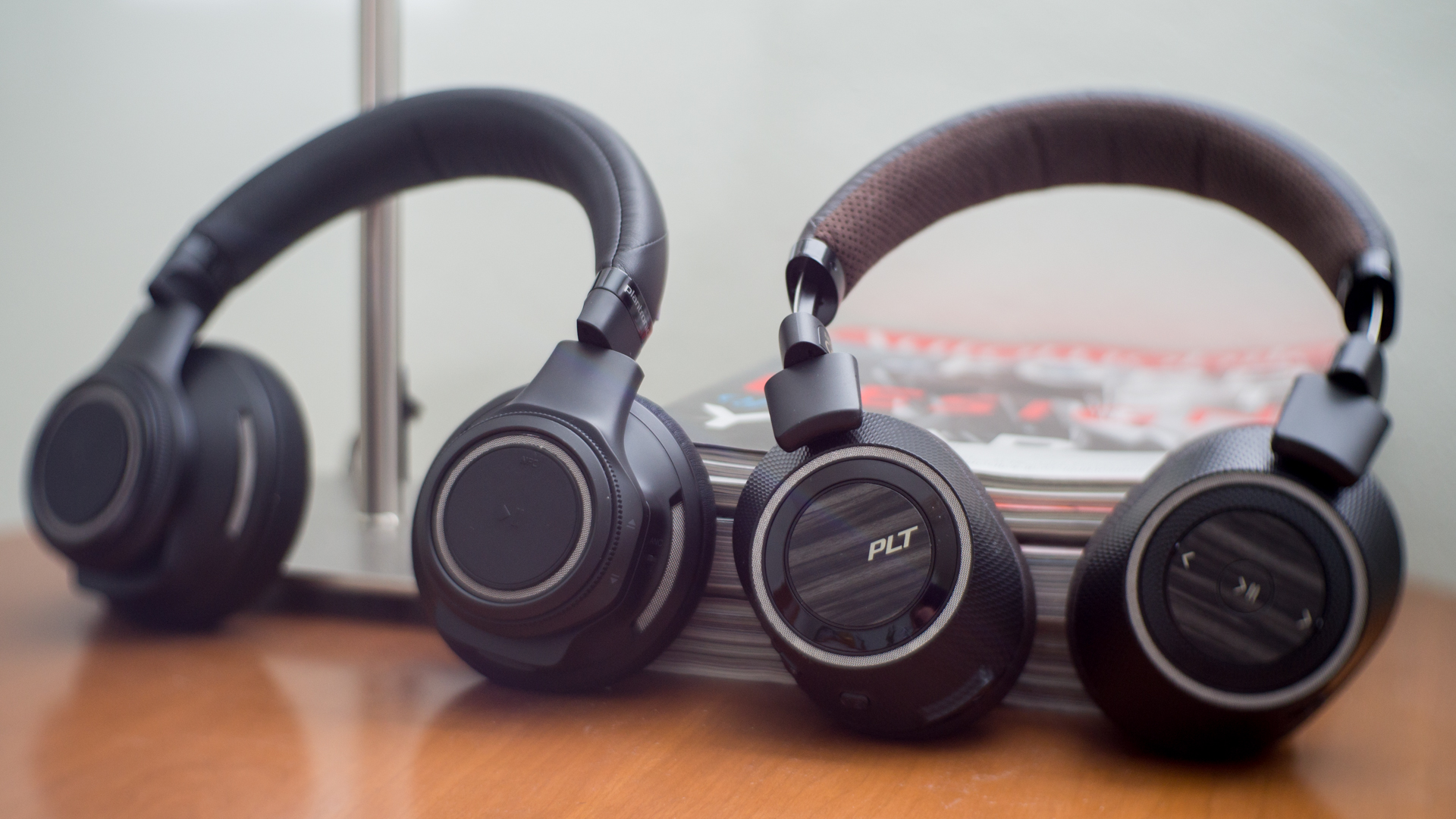Wireless headphones are becoming the biggest trend in the market
If you step out to shop for headphones in the market at the moment, you will realize that most of the audio product manufacturer has gone wireless. As can be recalled, companies including Google, HTC, and Motorola have eventually followed Apple’s footsteps by eliminating the headphone jack from their flagship smartphones. According to recent research by NPD, approximately 69 percent of every dollar spent by the U.S. consumers on headphone last year went to models that link smartphones with the help of Bluetooth.

In other words, consumers have stopped paying on products that feature a cord. “Our customers are living life on the go,” says Jakob Kristoffersen, design and concept manager for the headphone maker B&O Play. “Freedom is not just a choice but a prerequisite for their products.” Why is this happening? The reason is simple, i.e., shoppers are now providing with an extensive collection of wireless options. Be it sports models who are logging your heartbeat while you are working out or those featuring the noise-canceling technology – right wireless headphones remain at the forefront. Following given are the key highlights that the study mentions:
Primary Focus on Audio Quality
Director of Electronics Testing at Consumer Reports, Maria Rerecich went on to say that Bluetooth headphones have not yet achieved the sound quality that most top wired models in the racing sport. However, these products end up delivering a high level of sound quality. Additionally, there are a few models such as the Bose Quiet Comfort that even go on to squeak into the first territory. According to the CEO and founder of headphone manufacturer V-Moda, Val Koltan goes on to attribute recent improvements in wireless sound to upgrades in audio codecs.
For those who aren’t aware, the software that processors one’s tracks before they reach the user’s ears is called audio codecs. Senior Category Director of Product Management at Shure, Matt Engstrom says that the standard was now raising. According to him, steady improvements to Bluetooth have ensured that wireless connections are more stable. It is also becoming a lot easier for users to set up these technologies. Take for example Apple and its W1 chip, which is discovered in AirPods and a select range of Beats headphones.
The latest range allows users to pair their smartphones with just a push of a button. The wireless near field communication (NFC) technology discovered in headphones such as the Sony WH-1000XM2 does more or less the same kind of job for Android smartphones as well. Towards the end, consumers end up realizing that one does not have to pay big money for a Bluetooth connection and high-quality sound as such. An excellent example of this would be the JVC HA-FX9BT Gumy Wireless headphones that are available for merely $30. Even though these wireless headphones don’t offer fitness tracking functions as such, there are the noise cancellation and voice-activated controls that are ideally found in higher-end headphones that make it worth the price.
Special Emphasis on Wireless Control
Before you end up opting for high-technology features, you must look over to the headphone’s specifications. Most of the wireless headphones end up featuring built-in controls that allow users to adjust the volume, pause the music and even answer a call without even trying to remove the smartphone from the pocket. However, sometimes it can be difficult to understand these functionalities. “The tap patterns can be so complex, you almost need a secret decoder,” Rerecich says. While the wireless headphones are a good choice as they also come at an affordable price, it remains to be seen whether they end up replacing traditional sets.




